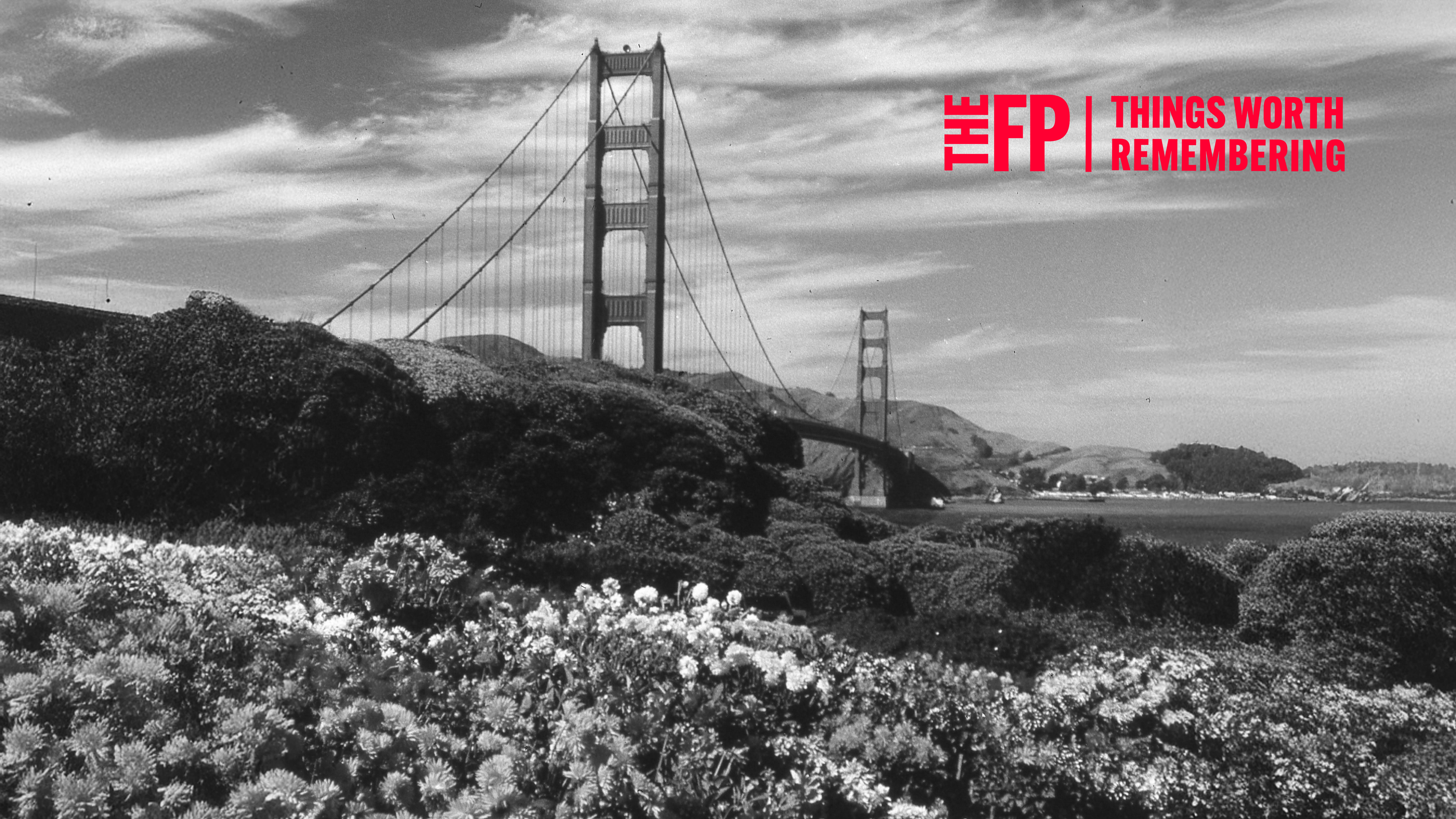A Tale Of Endurance
The South Pole had already been reached by the time Sir Ernest Shackleton set out with his crew of 27 in the sailing ship named Endurance in 1914, and so his plan was to traverse the continent of Antarctica by dog sled. But, as CBS News Sunday Morning Correspondent Martha Teichner reports, the Antarctic ice would stand in his way. Following is an incredible tale of endurance.
It was October 1914. The expedition, led by a man named Sir Ernest Shackleton, left Buenos Aires for Antarctica without even a radio transmitter, in a sailing ship called the Endurance. As it turned out, it was a fitting name.
Historian Caroline Alexander has published a new book, The Endurance: Shackleton's Legendary Antarctic Expedition, about what happened. She says, "The story of Shackleton and his men I think is now regarded, as we come to the end of this century, as the greatest survival story of our century."
Alexander is a guest curator of an exhibition opening on April 10th at the American Museum of Natural History in New York. She says, "Shackleton's story coming along reminding us that even in the lifetimes of our grandparents, not that long ago, the world was so unknown that going to Antarctica...at the beginning of this century was equivalent to the space program today."
A charming, charismatic Anglo-Irishman, Sir Ernest Shackleton was a veteran of two prior polar expeditions, and a national hero. He'd been beaten to the South Pole. So, Shackleton set out to do what was left to do: cross the Antarctic continent overland by dogsled. He signed on photographer Frank Hurley. An Australian, Hurly was admired, but as the men wrote in their diaries, he was "hard as nails."
From Hurley's amazing photographs and film footage, painstakingly restored by the British Film Institute, as well as from the diaries of the men, we know how badly things began to go wrong for the explorers, practically in sight of their intended landfall.
Says Alexander, "Within one day's sail from their destination on the Antarctic continent, the ice closed in around them, the temperature plummeted and they were frozen in."
At first, life wasn't so bad. Shackleton's men were prepared for polar winter. There were scientific experiments to conduct, soccer games to play on the ice, dog teams to train. For ten months, the men were convinced that everything would be all right in the spring, even though from beneath their feet, the ice signaled otherwise. Creaking and groaning, it pressed against the Endurance and finally crushed her.
Frank Worsley, the ship's captain, describes it in a melodramatic 1930s documentary: "Her poor hull was racked and twisted after the mast came crashing down...it was really heartbreaking to see the brave little Endurance, that had been our home so long, being crushed before our eyes. Hurley had rigged up his camera and got a picture of the ship in her death hroes."
Shackleton ordered the Endurance abandoned. Supplies were salvaged, the dogs evacuated down a canvas chute. The men camped on the ice. It was 15 degrees below zero. On Nov. 21, The Endurance sank.
For the next five months, the men drifted on the equivalent of a melting ice cube, 1000 miles from civilization. Desperate and hungry, finally they had no choice but to shoot their animals, eat them, and take to their lifeboats.
Caroline Alexander describes it: "The prevailing winds drive them essentially to this godforsaken, blizzard-raked rocky, bleak outpost called Elephant Island."
A portion of the diary kept by crewman Thomas Orde-Lees is now in the Dartmouth College library. "As the water splashed into the boats, it froze instantly, forming thick encrustations of ice on the insides of the boat and over all the gear, freezing up the sails as stiff as a piece of corrugated iron," he wrote.
William Bakewell was the only American on the expedition. His daughter, Elizabeth Ajala reads his account of the worst of the 7-day journey: "I never felt so sure of anything in my life as I did of death that night."
As unimaginable as the trip to Elephant Island was, almost as soon as the men reached land, badly frostbitten, some of them half-dead, Shackleton picked 5 volunteers and prepared the sturdiest of the life boats, the James Caird, for an even more extraordinary voyage. Unbelievable as it sounds, they set sail in a 22 1/2 foot boat for South Georgia Island, more than 800 miles away - to get help.
To Alexander, "it was a virtually a suicidal journey. It was impossible, they knew it was impossible and yet they were intent on doing it and…the only thing that can be said is that they had no option."
Frank Worsely had to navigate by guessing where they were since he only saw the sun four times in 17 days and had to battle his way through a hurricane.
In Worsely's words, "Every time the sea struck the boat, the bow planks opened and streams of water squirted in; we pumped and bailed for dear life and looked death square in the eye. Just when the end seemed near, the wind shifted and began to drop."
But that wasn't the end. Once they dragged themselves ashore on South Georgia Island, so weak they could barely stand, Shackleton, Worsley and another man had to cross the island on foot, over a 9,000-foot mountain, in order to reach a whaling station 36 miles away.
Alexander describes them, "blackened from the blubber fires that they had been making for all these months, their hair matted to their shouldersÂ… they walked into the whaling station and nobody recognized them even though they had in fact visited here before they set out on the expedition."
The 22 men left behind on Elephant Island had no idea whether Shackleton and the others were alive or dead. Weakened, malnourished, demoralized, they still packed up every day just in case Shackleton appeared to rescue hem. After 4 months and 4 tries, Shackleton did appear, on Aug. 30, 1916, with Worsley at his side.
Worsley recalled, "Shackleton peered with almost painful intensity through his binoculars. At last he sighted the men and counted them. He shouted to me, 'they're all there Skipper!' Shackleton's face showed more emotion than I've ever seen before."
The story has had periodic retellings but is only now being recognized as the heroic tale it was. What fascinates us is how these 28 men could have survived the unsurvivable.
Alexander says, "The way in which these men survived and the way in which Shackleton led represent virtues I think that are no longer in fashion, so I think there is a kind of nostalgic stock-taking that has brought about the reawakened interest in the expedition."
What is it about us at the very end of the 20th century that we choose to look back to the very beginning, that we need to experience, even vicariously, the limits of endurance?
| http://barnesandnoble.bfast.com/booklink/click?sourceid=15905&ISBN=0375404031 The Endurance |
For information on the Endurance exhibit in New York City, go to American Museum of Natural History on the Web.
Robert Orde-Lees' diary is in the rare book collection at Dartmouth College Library in Hanover, New Hampshire.
©1999 CBS Worldwide Corp. All rights reserved. This material may not be published, broadcast, rewritten, or redistributed





